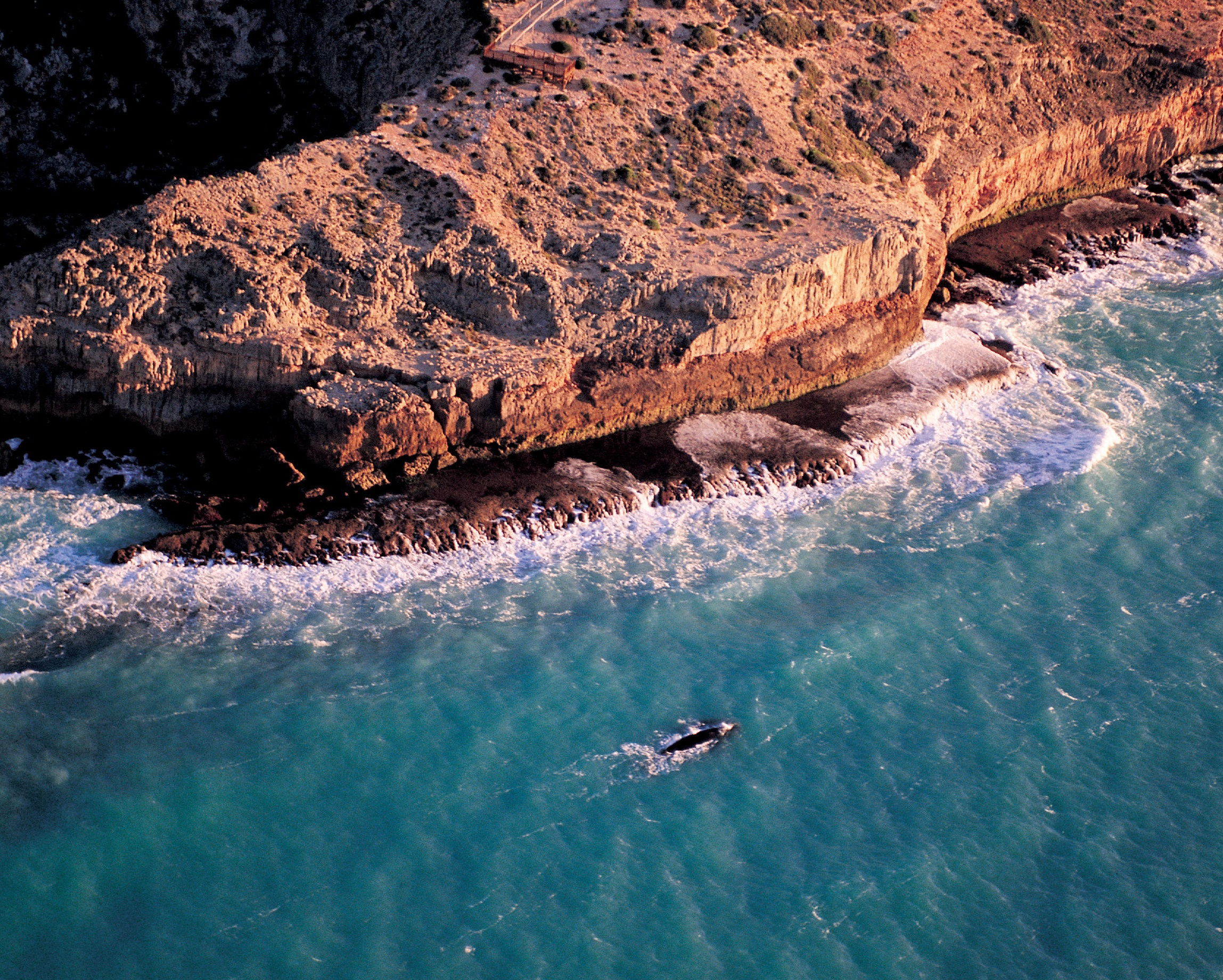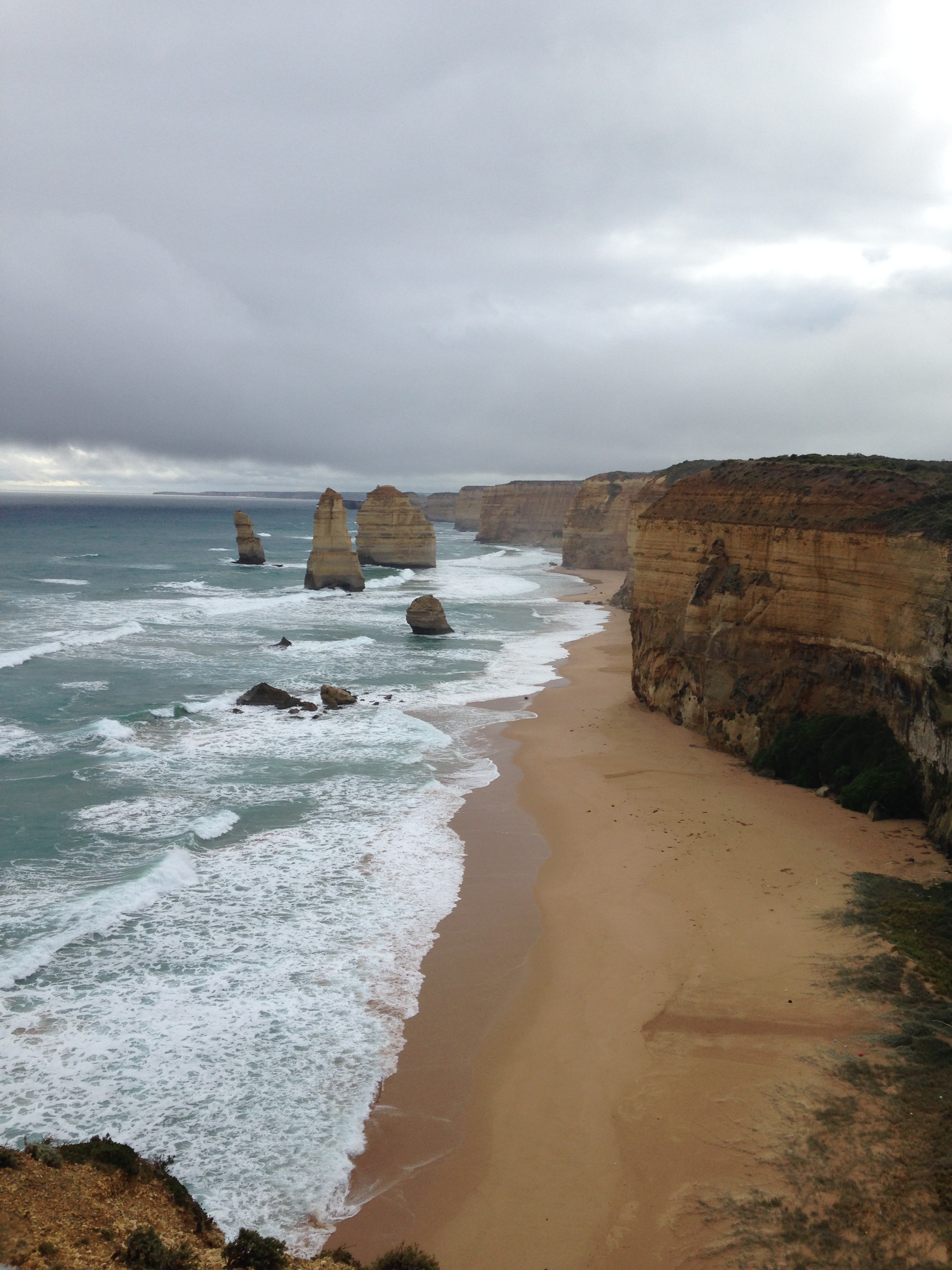
Southern right whale at the Head of Bight, South Australia.
Tomorrow is World Ocean Day, the United Nations-recognised day of ocean celebration and action. It’s a day to stop and take stock of the importance of the ocean and its major role in our daily life. Our coastlines and the waters beyond are an intrinsic part of Australian life; not to mention their importance to our climate, biodiversity, and countless industries.
We’re involved in a veritable ocean of research around the sea and skies of Australia, which you can learn more about here. There’s so much that we could talk about, from our world-leading shark research, to our sustainable prawn fisheries in the Timor Sea … but today we’d like to focus on that great expanse of salty water to Australia’s south: the Great Australian Bight. Or, as it’s so affectionately known, the GAB.
 It’s an amazing place. Here are just five gifts of the GAB:
It’s an amazing place. Here are just five gifts of the GAB:
- The GAB produces 25 per cent of Australia’s seafood (by value), supporting Australia’s largest commercial fishery (by volume).
- More than 85 per cent of known species of fish, molluscs and echinoderms in the waters off Australia’s southern coast are found nowhere else in the entire world
- The region contains great white sharks and iconic marine mammals such as whales, seals, dolphins and seabirds, and is home to more than 80 per cent of Australian sea lions.
- The GAB’s physical characteristics make it globally unique and quite distinct from the adjacent seas east and west of Australia.
- A 4-year, $20 million Great Australian Bight Research Program is one of the largest whole-of-ecosystem studies ever undertaken in Australia. Specimens will be collected from the deepest set of samples ever taken from the area, to a depth of 3 kilometres. Did you know we recently deployed 125 archival tags into juvenile southern bluefin tuna in the Great Australian Bight to understand the movement and behaviour of these fish in what is their most significant feeding ground in the world. If you find a fish tag, please let us know. You can find more info here.
We’re also working with BP, the South Australian Research and Development Institute (SARDI), the University of Adelaide, and Flinders University to improve understanding of the Great Australian Bight. Our collaborative research will ensure future development in the region is ecologically sustainable. Find out more here.


9th January 2018 at 11:25 am
Depending on which geographical definition of the GAB you look at – the International Hydrology Organization definition includes VIC coastline and all the way down Tassie’s west coast, across to West Cape Howe (west of Albany) in WA. This may be how the Twelve Apostles came to be in the photo in the article. Due to the mass of open water, the upwelling systems and curvature of coastline, all of these areas are connected by the same large open bay. The Head of the Bight however, is a particular area where the Southern Right Whales aggregate in the north west of SA. This is often what people envision when speaking about the Bight. https://en.wikipedia.org/wiki/Great_Australian_Bight#/media/File:Great_Australian_Bight_Limits.svg
7th July 2015 at 4:47 pm
It’s a worry that BP is involved – what’s the quid pro quo?
14th July 2016 at 7:05 am
funds for this type of research is not supplied by the governments, state or federal. mums & dads don’t donate the sort of capital required & bruce wayne probably doesn’t send money to oz.
30th June 2015 at 10:41 pm
(re the lower photo) Ummm – aren’t the 12 Apostles a little further east than the GAB… or is the Nullarbor now eroding into the Southern Ocean???
14th July 2016 at 7:07 am
did i miss something?
where did the 12 apostles get into the story about the GAB?